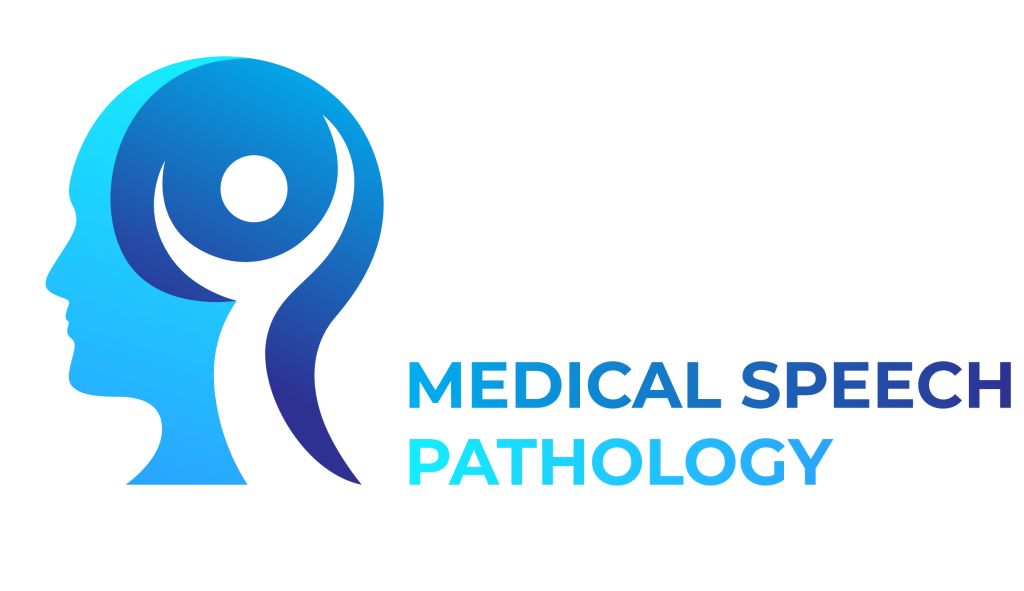A summary of Theresa Richard’s patient’s guide to dysphagia
Introduction:
Swallowing difficulties, also known as dysphagia, can be a daunting and distressing condition to navigate. Theresa Richard’s book “So You’re Having Trouble Swallowing,” provides patients and their families with comprehensive and accessible information about dysphagia, and is a resource we regularly recommend to people seeking to learn more about their diagnosis of dysphagia. This post outlines a summary of the book’s main themes as Theresa shares her professional expertise and personal experiences to help those struggling with swallowing issues find the right care and support.
Recognizing Swallowing Difficulties
Swallowing difficulties can manifest in various ways. Common signs include coughing or choking while eating, a sensation of food being stuck in the throat, recurrent pneumonia, and unexplained weight loss. If you or a loved one experiences these symptoms, it is crucial to seek a professional evaluation.
Additional symptoms to watch for include:
- Drooling or leakage of food or liquids from the mouth
- A gurgly or wet-sounding voice after eating or drinking
- Frequent throat clearing
- Difficulty coordinating breathing and swallowing
- Pain while swallowing
Recognizing these symptoms early can lead to quicker intervention and better outcomes.
The Role of Speech-Language Pathologists (SLPs)
SLPs are the primary professionals who diagnose and treat swallowing disorders. They are trained in the anatomy and physiology of the swallowing mechanism and can provide specialized care. If you have been diagnosed with dysphagia, finding an experienced SLP is essential. The American Board of Swallowing and Swallowing Disorders (abssd.org) can help you locate a certified specialist in your area.
Assessment and Diagnosis
Accurate diagnosis is the cornerstone of effective treatment for dysphagia. SLPs use various assessment tools to understand the nature of the swallowing problem. These assessments might include:
- Videofluoroscopic Swallow Study (VFSS): Also known as a modified barium swallow, this X-ray procedure visualizes the swallowing process by having the patient swallow barium-coated food or liquid. It helps identify which parts of the swallowing mechanism are impaired.
- Fiberoptic Endoscopic Evaluation of Swallowing (FEES): This involves inserting a small, flexible camera through the nose to observe the throat while the patient swallows. It provides a clear view of the swallowing anatomy and can identify aspiration (food or liquid entering the airway).
These assessments help identify the underlying cause of the swallowing difficulty, whether it be neurological, structural, or related to another medical condition. SLPs may also collaborate with other healthcare professionals, such as gastroenterologists, otolaryngologists, and neurologists, to ensure a comprehensive evaluation.
Creating a Treatment Plan
Once a diagnosis is made, the SLP will develop a personalized treatment plan. Treatment strategies can include:
- Swallowing exercises: Designed to strengthen the muscles involved in swallowing.
- Diet modifications: Adjusting the texture of foods and liquids to make swallowing safer.
- Postural techniques: Changing body or head positions to improve swallowing safety.
- Therapeutic interventions: Utilizing specific techniques and tools to enhance swallowing function.
Navigating the Healthcare System
Advocating for appropriate care is often necessary. Understanding what your insurance covers and the importance of certain tests can be challenging. Teresa Richard emphasizes the importance of being informed and proactive. She provides guidance on how to navigate these challenges, ensuring you receive the necessary assessments and treatments.
Key tips include:
- Keeping detailed records of symptoms and medical history
- Asking for referrals to SLPs who specialize in dysphagia
- Understanding your insurance coverage for swallowing assessments and treatments
- Being prepared to discuss your symptoms and concerns thoroughly with healthcare providers
Dealing with Emotional and Practical Challenges
Living with dysphagia affects not just physical health but also emotional well-being. It can be frustrating and isolating. Support groups, counseling, and connecting with others who have similar experiences can provide comfort and practical advice.
Suggestions include:
- Joining online forums or local support groups for people with dysphagia
- Seeking counselling or therapy to address the emotional impact of the condition
- Educating family and friends about dysphagia to build a support network
- Finding enjoyable and safe ways to participate in social activities that involve food
Theresa’s Personal Insights
Theresa shares her personal journey as a mother of a child with special needs and a professional in the field of Speech Pathology. Her experiences highlight the importance of persistence, seeking the right care, and the hope that comes with proper treatment. Her story is a testament to the resilience and strength required to manage a swallowing disorder.
She emphasizes the value of:
- Being an informed and proactive patient or caregiver
- Advocating for comprehensive evaluations and personalized treatment plans
- Celebrating small victories and progress in swallowing function
Conclusion: Hope and Empowerment
While dysphagia can be a challenging condition, proper diagnosis and treatment can significantly improve quality of life. Teresa Richard’s book serves as a beacon of hope and a practical guide, empowering patients and their families to seek the best care possible. By understanding the condition, advocating for appropriate treatment, and connecting with knowledgeable professionals, those with swallowing difficulties can find a path to better health and well-being.
For more detailed information, resources, and support, see “So You’re Having Trouble Swallowing” by Theresa Richard, a valuable resource for anyone affected by swallowing disorders. Available for purchase at https://theresarichard.com/so-youre-having-trouble-swallowing/




